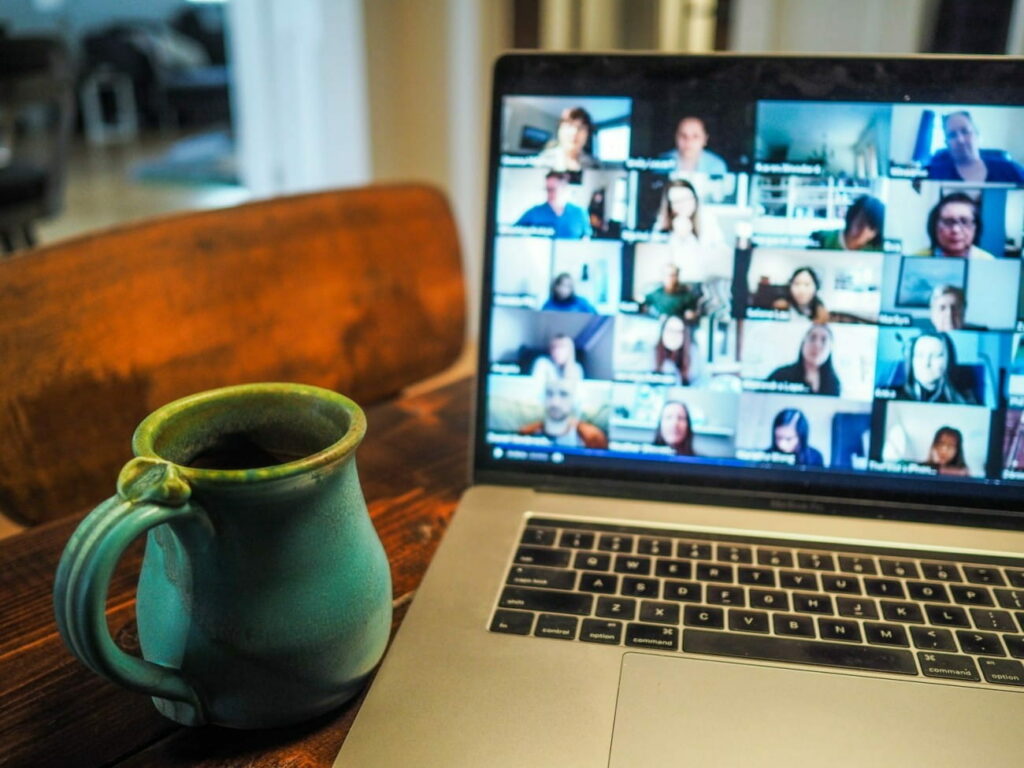Globally, we are clearly in a period of change – rapid change.
Whether its economic, technology (often AI), environmental or geopolitical, the landscape in which we work and live is evolving in various ways, simultaneously.
AI has been a focal point for advancement over the last 5 years in particular, and that trend is set to continue.
But what is AI, and what does it mean for employers, organisational leaders, those hiring their future staff?
Let’s start with a definition: Artificial intelligence, or AI, is technology that enables computers and machines to simulate human intelligence and problem-solving capabilities.
Now the more interesting part: what does it mean for you – someone considering their future team and overarching employment strategies?
The 2024 Scitex Workforce Report, which was built via engagements with over 1,600 Employees and 60+ Employment leaders, confirmed that AI is already influencing many companies hiring plans and strategies. And not just because new roles are emerging, change is coming across the workforce. The Report identified Adaptability as the key skill employers anticipate will be the most difficult to recruit for, increasingly important in this next period. With the level of technologically-driven change we are starting to see, the expectation for employees to be able to pivot and effectively embrace change, or update their skill sets, will become even more crucial – this is clear to see. This is what’s behind the need for strong Adaptability.
So, as you consider, review and question potential new staff members or skill sets during a recruitment process, in the context of an ever advancing and changing environment, how can you get more confidence around a candidate’s adaptability?
Here are some options:
- Behavioural Interview Questions
- Past Experiences: Ask candidates to describe past situations where they had to adapt to significant changes or take on new responsibilities. Questions like:
- “Can you tell me about a time when you had to quickly adjust to a major change at work?”
- “Describe a situation where you had to learn a new skill or tool on the job. How did you handle it?”
- Problem-Solving Examples: Probe into their problem-solving capabilities and how they’ve handled unforeseen challenges:
- “Give me an example of a project where things didn’t go as planned. How did you manage the situation?”
- Situational Interview Questions
- Hypothetical Scenarios: Pose scenarios that require adaptability and ask how they would handle them:
- “Imagine you’re working on a project and your role changes halfway through. How would you approach this new responsibility?”
- “How would you handle a situation where you’re assigned tasks outside your usual job scope?”
- Skill Assessments and Simulations
- Role-Specific Simulations: Create simulations or tasks that mimic the dynamic nature of the role. Assess how they handle unexpected changes or challenges within these exercises.
- Problem-Solving Exercises: Provide a problem or project with changing parameters and see how they adapt their approach.
- Reference Checks
- Previous Employers: Ask former managers or colleagues about the candidate’s adaptability:
- “How did [Candidate’s Name] handle unexpected changes or new challenges?”
- “Can you provide an example of a time when they demonstrated flexibility in their role?”
- Assess Personality Traits
- Personality Tests: Use tools like the Myers-Briggs Type Indicator (MBTI) or the Big Five personality traits to gauge adaptability-related traits. Look for traits like openness to experience and emotional stability.
- Self-Assessment: Have candidates self-assess their adaptability and versatility, and discuss their responses in the interview.
- Evaluate Learning Agility
- Learning Experiences: Explore how they approach learning new skills and knowledge:
- “What strategies do you use to stay updated with new trends or technologies in your field?”
- “Can you provide an example of a time when you had to quickly acquire new knowledge or skills?”
- Track Record of Versatility
- Job History: Look at their resume for varied roles or responsibilities that indicate versatility.
- Project Involvement: Ask about different types of projects or tasks they’ve worked on and their role in those projects.
- Observe Soft Skills
- Communication: Assess their ability to communicate effectively in different situations, as this often reflects adaptability.
- Team Interaction: During group interviews or activities, observe how they interact with others and adjust their approach based on group dynamics.
- Review Problem-Solving Techniques
- Approach to Challenges: Discuss their approach to solving complex problems and handling ambiguity:
- “How do you prioritise tasks when faced with competing deadlines?”
- “What’s your approach to troubleshooting issues that are outside your area of expertise?”
By using a combination of these methods, you can gain a better understanding of a candidate’s adaptability and agility, ensuring they are well-suited for a dynamic and changing work environment.
For more information, reach out to our team on hello@scitex.co.nz
Better Mondays!
-Gareth Robertson
Managing Director, Scitex
More details on the 2024 Scitex Workforce Report: Created in collaboration with our communication and research partners, this inaugural report provides an overview of the emerging workplace trends for 2024 and 2025. Drawing from our survey, engaging with over 1,600 ANZ based employees and 63 business leaders across various generations and industries, we examine the factors motivating employees to stay or leave their roles, while addressing key workplace themes aimed to help your organisation engineer better Mondays for your business, plus current and future employees.


